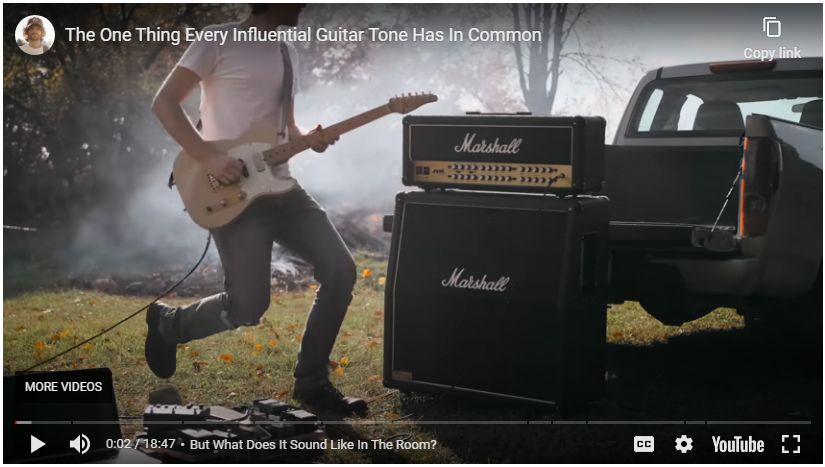One Thing Every Influential Guitar Tone Has In Common
“I love how you have created a goldmine of fantastic guitar youtube content by doing 1 simple thing no one has ever thought to do in the history of guitar youtube: Apply critical thinking skills.”
“You’re the hero the guitar community didn’t want, but the hero we so desperately need.”
“I’m curious about the 43 cents total worth of donations ever received to date by Jim Lill from the very many lugubriously grateful and thankful musicians.”
Tone is Tone, Bro
In the world of guitarists and music enthusiasts, Jim Lill is a name that resonates with expertise and passion for achieving exceptional guitar tone. From recording studios to live stages, Lill’s insights into what makes good guitar tone and how it is achieved are invaluable for musicians and audio enthusiasts alike. In this blog post, we’ll delve into the key aspects of guitar tone, recording techniques, and live performance based on Jim Lill’s expertise.
Understanding Guitar Tone
Good guitar tone is subjective yet universally recognized when heard. It encompasses a range of qualities such as warmth, clarity, dynamics, and character. Jim Lill emphasizes that achieving great guitar tone starts with the instrument itself. A well-set-up guitar with quality pickups, proper string gauge, and optimal action sets the foundation for a pleasing tone.
Furthermore, the choice of amplifier and effects pedals significantly influences guitar tone. Lill often experiments with different amp settings, speaker configurations, and pedal combinations to achieve the desired sound for different musical contexts.
Guitar Tone in Recording
Recording guitar tone involves a blend of technical knowledge and artistic sensibility. Jim Lill advocates for a meticulous approach to mic placement, emphasizing the importance of capturing the nuances of the amplifier and cabinet. Close-miking techniques, such as placing microphones near the speaker cone, can yield detailed and focused guitar tones suitable for mixing.
Additionally, Lill explores the use of room mics and ambient recording techniques to add depth and dimension to guitar tracks. The choice of recording environment, such as a live room or isolation booth, also influences the overall tone captured during recording sessions.

Live Performance and Tone Shaping
In a live performance setting, Jim Lill’s approach to guitar tone focuses on clarity, presence, and versatility. He emphasizes the importance of soundchecking and adjusting amp settings to suit the acoustics of the venue. Lill also utilizes effects pedals strategically to enhance dynamics, add texture, and shape the tone during performances.
Furthermore, Lill’s expertise extends to integrating guitar tone with the band’s overall sound, ensuring that the guitar sits well in the mix and complements other instruments harmoniously.
Conclusion
Jim Lill’s exploration of guitar tone spans across recording studios and live stages, showcasing the intricacies of achieving exceptional tone quality. From understanding the fundamentals of guitar setup to experimenting with recording techniques and optimizing live performance, Lill’s insights offer valuable guidance for musicians and audio enthusiasts seeking to elevate their guitar tone experience.
Whether you’re a recording artist aiming for studio perfection or a live performer crafting a captivating sonic experience, Jim Lill’s expertise serves as a beacon for unlocking the secrets of great guitar tone.
